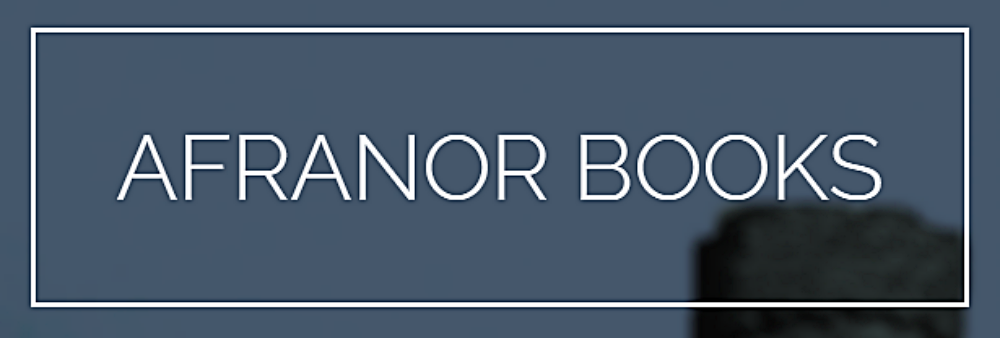Because I have long fancied myself a writer, my late, lamented cousin Trudy would sometimes send me short story collections for my birthday. She often sought out ones with some connection to the part of world where we were both born and grew up—California’s Central Valley, or more specifically its southern component, the San Joaquin Valley.
One year it was a 1996 book, edited by Stan Yogi, called
Highway 99: A Literary Journey through California’s Great Central Valley. Its 428 pages were chock-full of stories, essays, and poetry by writers who were from the valley or else had connections to it. Some choices were obvious: Fresno’s William Saroyan, Pulitzer Prize winner for
The Time of Your Life; Salinas native John Steinbeck, who chronicled the 1930s Dust Bowl migrant influx in
The Grapes of Wrath; 19th-century explorer and trader Jedediah Smith; Scottish-born naturalist John Muir. Others would be best known regionally, like Fresno poets Jean Janzen and Gary Soto. Some were surprises to me, like Sacramento-born Joan Didion whose roots, as it turns out, go back five generations in the Central Valley. One of the most haunting inclusions: the lament “I Am the Last” by the historian Yoimut who, until her death in 1933, was the last full-blood survivor of the Chunut Yokuts.
Among those thanked by Yogi in his acknowledgments is the writer Gerald Haslam, whom he calls the “valley’s unofficial prose laureate.” Among Haslam’s many works was a similar project (with James Houston) in 1978: a collection called
California Heartland: Writing from the Great Central Valley. Another was a collection of Haslam’s own stories published in 1990,
That Constant Coyote (another gift from my cousin).
I was reminded recently of Haslam and of these books when I learned of his passing in April at the age of 84. Like me, he was born in Bakersfield. The son of an oil worker, he grew up in Oildale, a community across the Kern River from Bakersfield, and his early life was nearly a perfect representation of what it means to be from that place. A neighbor was future country-western legend Merle Haggard. He attended Garces High School. He worked as a store clerk and also as a roustabout and roughneck in the oil fields. After a stint in the army, he attended Bakersfield College.
In his mid-20s he married Janice Pettichord. By his own account she brought discipline and order to his life. A friend suggests she saved him from being a scoundrel, and his life’s course shifted to academia. He earned a B.A. and M.A. from San Francisco State, then attended Washington State University, and received a Ph.D. from the Union Graduate School in Ohio. For three decades he was a professor of English at Sonoma State University. He was also a columnist for the
San Francisco Chronicle’s Sunday magazine and a contributor to the
Los Angeles Times and
The Sacramento Bee. Listeners of public radio station KQED in San Francisco knew him as an on-air commentator. His prolific writing output included biographies of U.S. Senator S.I. Hayakawa and of an ordinary migrant during the Great Depression (
Leon Patterson: A California Story).
In a front-page tribute in
The Bakersfield Californian, Sunday columnist Robert Price wrote of how Halsam never lost his connection to his hometown. “He would drive the 320 miles from Penngrove to Bakersfield several times a year,” wrote Price, “sometimes for an event but often just to see his old buddies.”
Bookseller Mike Russo, a friend of many years, said, “He put a magnifying glass on the valley but also a mirror. He really spotlighted this part of the valley for the rest of the state and the rest of the nation to see and understand, but he also made us look at ourselves in ways maybe we never had done before.”
While I made a stab in my own tinpot way at capturing a particular time and place in the San Joaquin Valley in my first novel
Maximilian and Carlotta Are Dead and the place continued to have a presence in the subsequent two Dallas Green books, I would never expect to be seen as any kind of voice or evoker of what the valley is about. It takes a writer of Haslam’s caliber for that to happen. Indeed, a review actually called him “the quintessential California writer” in an article titled “Gerald Haslam, the Heartland’s Voice.”
He was the kind of writer that writers like me study to be better writers.







